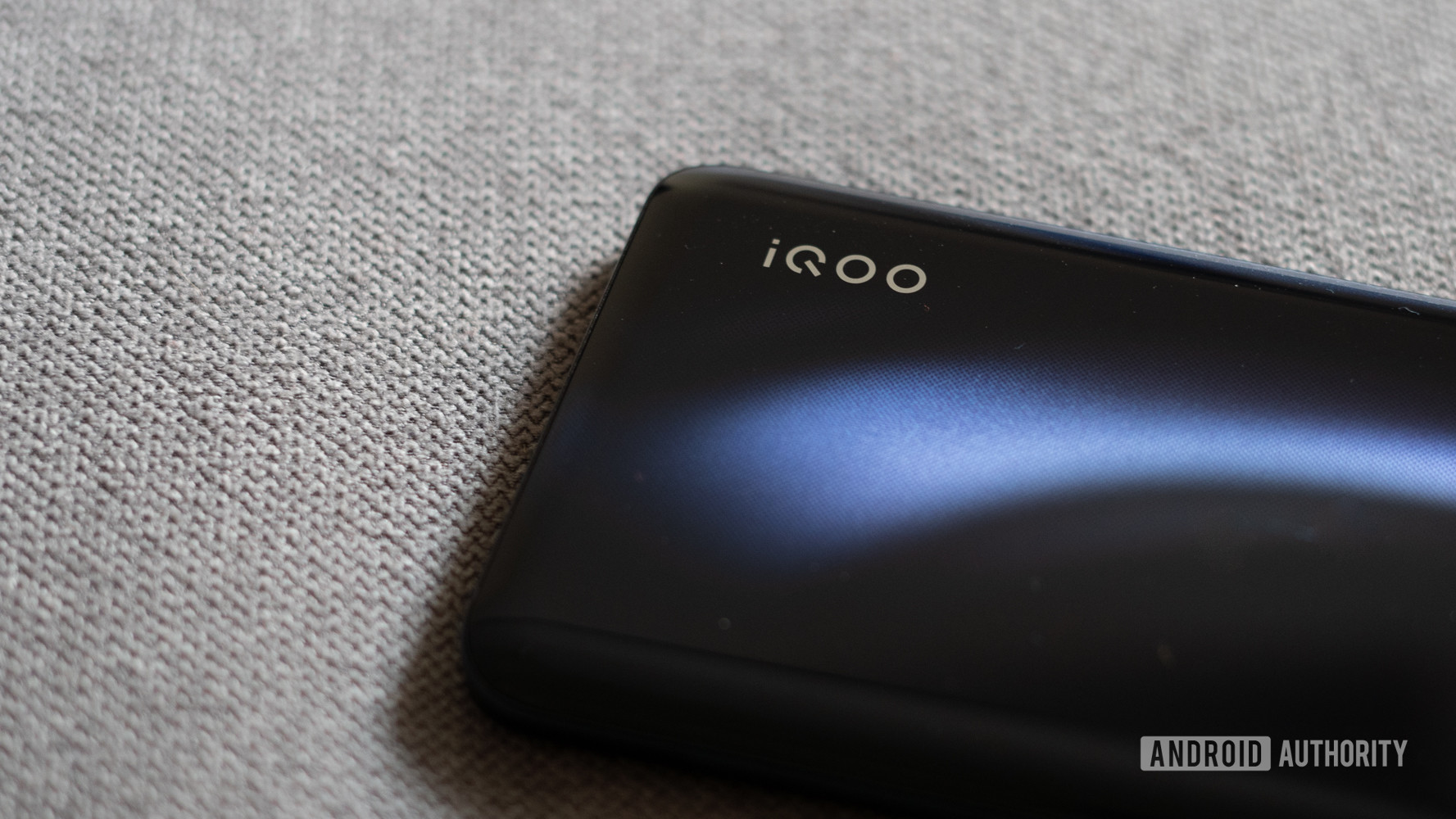- Qualcomm has announced the Snapdragon 690 chipset.
- This is the first 5G chip in the budget-focused Snapdragon 600 series.
- Expect phones with the chipset to be announced in H2 2020.
2020 seems to be the year when 5G went from a relative rarity to a common fixture on many a phone. This is mainly due to the Snapdragon 865 and Snapdragon 765 series of 5G processors that are now in many of today's devices.
These chips are largely restricted to flagships and upper mid-range phones though. Now, Qualcomm is aiming even lower with its newly unveiled Snapdragon 690 5G processor.
The Snapdragon 690 represents the first 5G chipset in Qualcomm's mainstream chip family, with Snapdragon 600 series chips often found in $300 to $500 phones. Devices with a Snapdragon 600 series chipset include the Google Pixel 3a, Xiaomi Redmi Note 7 Pro, and Motorola One Zoom.
Read: Snapdragon SoC guide — All of Qualcomm's smartphone processors explained
Therefore, these phones give you an idea of the types of devices that will be equipped with the new processor. With brands like Realme and Xiaomi often coming in with aggressive pricing, we're definitely expecting some phones below the $300 mark.
Qualcomm's new chipset delivers an X51 5G modem, supporting NSA and SA modes, dynamic spectrum sharing, and downlink speeds of up to 2.5Gbps. The Snapdragon 690 doesn't seem to support mmWave 5G, which is the faster but more temperamental 5G standard in terms of coverage. So you're left with sub-6Ghz 5G, used by the vast majority of networks around the world.
Snapdragon 690 CPU and GPU
The Snapdragon 690 isn't just a one-trick pony, as it's also bringing some heavyweight CPU and GPU capabilities. You're looking at a 2GHz octa-core CPU featuring two Cortex-A77 cores and six Cortex-A55 cores. This is also the first time we see the Cortex-A77 CPU in a Snapdragon 700 series or Snapdragon 600 series chip. Qualcomm says the CPU side of things should deliver a 20% performance boost compared to the Snapdragon 675.
Meanwhile, graphics are handled by the Adreno 619L GPU, and Qualcomm says you should expect a 60% boost in graphics rendering over the Snapdragon 675. This boost should come in very handy, as the Snapdragon 690 also supports a 120Hz refresh rate at FHD+ resolution (or 60Hz at QHD+).
Interestingly, Qualcomm confirmed it wasn't bringing its Snapdragon Elite Gaming features to the new SoC. The firm says this suite — which includes a "jank reducer" and anti-cheat extensions — is reserved for G-series chips and its flagship silicon. In saying so, you're still getting Vulkan 1.1 support and physically based rendering.
The new chipset is also packing improved machine learning capabilities. Qualcomm says it offers a 70% boost to AI performance compared to the Snapdragon 675. The firm's Hexagon Tensor Accelerator debuts on the Snapdragon 600 series for the first time, having been a fixture on its flagship and upper mid-range SoCs. Either way, expect tasks like facial recognition and natural language processing to be faster and more efficient due to the improved AI tech.
What else to know?
In terms of camera capabilities, the Snapdragon 690 has support for 192MP snapshots, 48MP images with multi-frame processing, and 32MP+16MP dual camera capabilities. The firm is also touting 4K HDR video recording, saying it's a first for the Snapdragon 600 series. You're also getting HEIF and HEVC photo and video capture, meaning reduced file sizes for captured pictures and videos.
Other specs worth knowing include an 8nm design, Wi-Fi 6-ready connectivity, Bluetooth 5.1, and Quick Charge 4+ technology.
Read: Kryo CPU numbering in Snapdragon processors explained
The first Snapdragon 690 phone announcements will take place in the second half of 2020, with releases expected then as well. Qualcomm says the likes of HMD, LG, Motorola, Sharp, TCL, and WingTech have all confirmed plans to release a phone with this chipset. This isn't a complete list though, as Qualcomm says these are the brands that have consented to being mentioned at launch.
It seems like the Snapdragon 690 will definitely help lower the barrier of entry to 5G when supported phones launch. And with networks launching 5G or expanding existing coverage, it looks like all the pieces are coming together.
More posts about Qualcomm
from Android Authority https://ift.tt/2URzFHB
via IFTTT









No comments:
Post a Comment